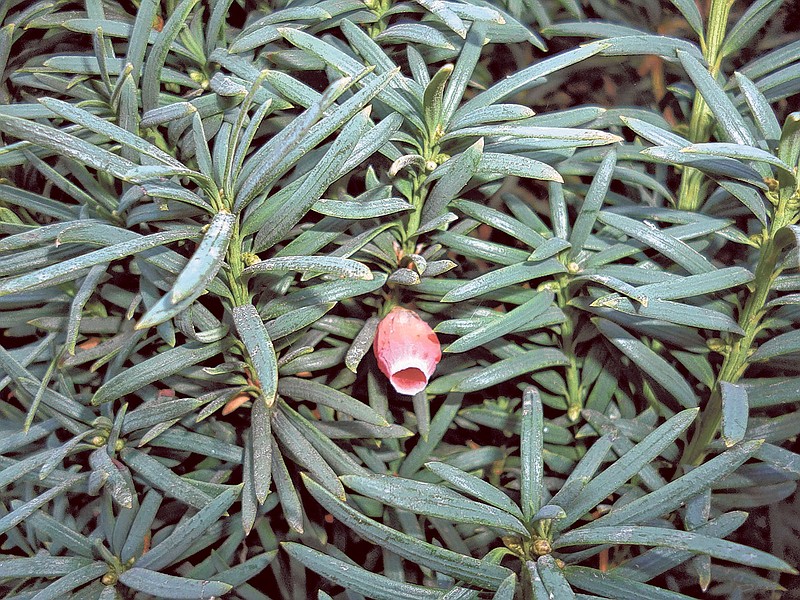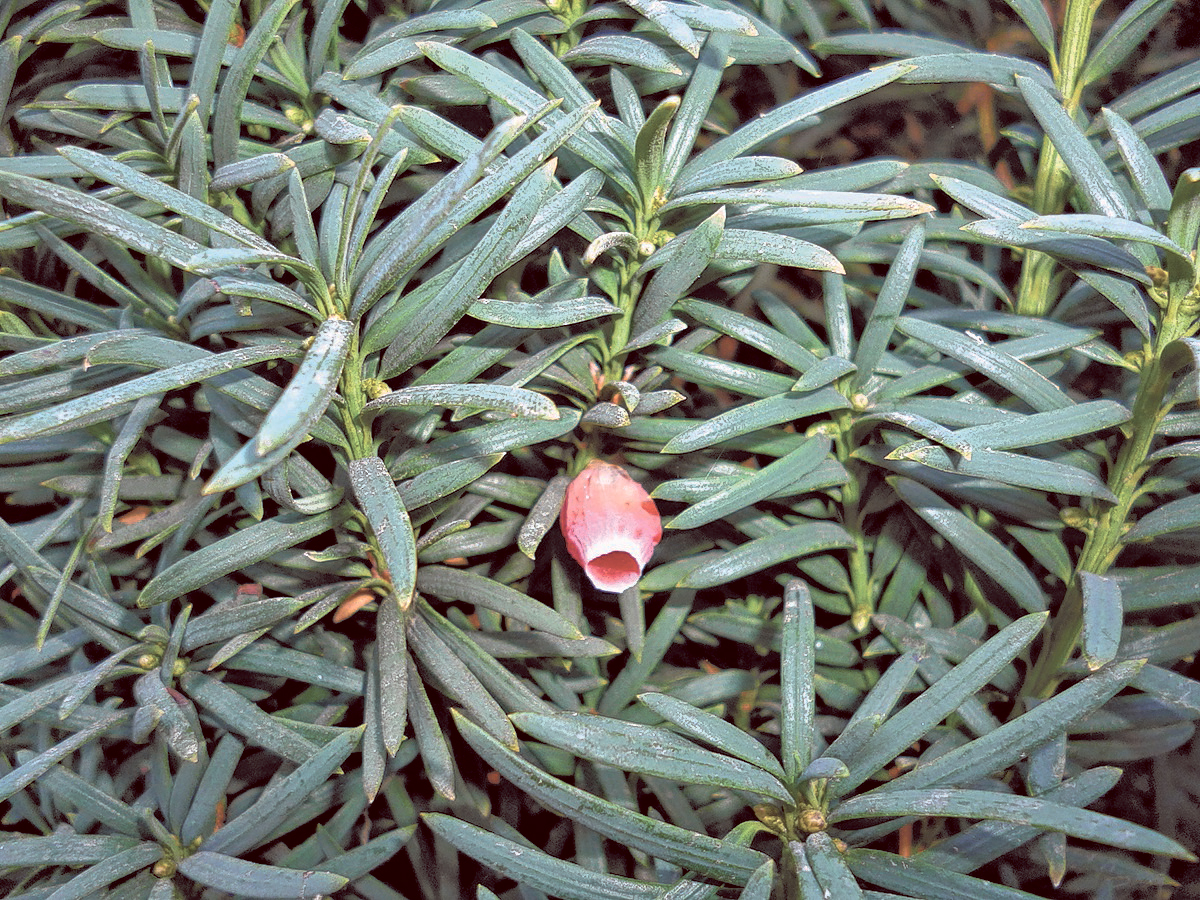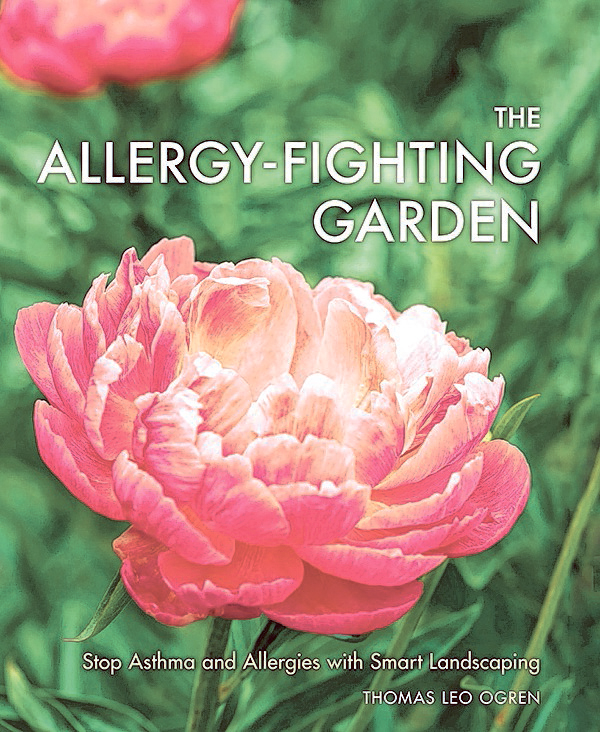Well, it's all the guys' fault- guy trees, shrubs and plants, that is.
IF YOU BUY
"The Allergy-Fighting Garden: Stop Asthma and Allergies with Smart Landscaping," written by Thomas Leo Ogren and published by Ten Speed Press, goes on sale Tuesday, Feb. 17. $16.43 Amazon and Barnes & Noble, $22.99 Books a Million; $14.99 Kindle. 256 pages.
According to Thomas Leo Ogren, a horticulturist and allergy researcher in San Luis Obispo, Calif., it's the male variety of plants that release pollen into the air. Conducting research in the U.S., Europe, New Zealand, Canada, Mexico and other countries, Ogren discovered that the areas with the highest pollen counts are in communities where male plants dominate.
"Almost 100 percent of every willow and poplar tree, for example, that have been planted in the last 25 years are male," Ogren says. "Almost 100 percent of every ash, mulberry, silver and red maples planted in recent decades are male."
In nature, you'd have a 50/50 ratio of male and female; in planted landscapes today, it's 99 percent or higher male, he says.
Why so male-centric?
"They're promoted as cleaner, nicer, neater, litter-free and low maintenance," he says. "But what they don't tell you is that they produce huge amounts of pollen." Female plants don't produce pollen because it's their job to trap the male's pollen, he says.
And that's a problem.
"It's the female's job to pull pollen out of the air and turn it into more trees, shrubs and plants. And, when we don't have them (females), we're setting up a recipe for ecological disaster," he says.
Ogren outlines his research and offers advice on how to help reverse the growing problem in his book, "The Allergy-Fighting Garden: Stop Asthma and Allergies with Smart Landscaping," which goes on sale Feb. 17.
Worst plants for allergy sufferers
Flowers/Ornamentals * Chamomile * Chrysanthemums * Daisies * Goldenrod * Sunflowers * Jasmine vine * Juniper * Wisteria Grasses * Ryegrass * Bermuda grass * Kentucky bluegrass * Johnson grass Trees * Pecan * Oak * Maple * Elm * Cypress Weeds * Dandelion * Ragweed Source: WebMD
Ogren, 67, says he had good reason to research pollen. His wife has severe allergies and, over the course of their 47-year marriage, she has nearly died several times from asthma attacks triggered by allergies. His research led him to design and construct an allergy-free garden.
"People laughed when I told them what I was doing," he says, but the laughing stopped when her allergies were drastically diminished. He then started designing similar gardens for clients.
Having traveled to different countries to take photos and identify the sex of trees, he says he found that 90 percent of total tree canopy in almost any given area - other than in the wild - is male.
"I was invited to speak in New Zealand several years ago because their allergies were out of control," he says. "I found the majority of plants there were male. It took me three weeks to find a female.
"The more modern the landscape, the more male plants. The bigger the city, the more male plants. The older the landscape, a mix of male and female," Ogren says.
Gene Hyde, city forester for Chattanooga, is skeptical of Ogren's findings and the idea that most trees being planted are pollen-producing, allergy-spiking males, although he acknowledges he's heard that speculation from others. Since the fall of 2013, 367 trees of about 30 different species have been planted in Chattanooga, Hyde says, and of those, there were only five male trees, all gingkos.
"Have you ever stepped on the fruit of a female gingko? It's nasty-smelling stuff and is worse than the pollen," he says.
Dr. John Antalis, an allergist at the Dalton Allergy Clinic in Dalton, Ga., says Ogren's study is interesting but more data is needed.
"Theoretically, it's based on a certain amount of pollen released by plants, grasses, trees and the different allergens out there," Antalis says. "Obviously, if there's a big change in the amount of pollen, there could be some degree of improvement."
Wendy Cronon, a Master Gardener in Hamilton County, says she has a few questions about Ogren's methodology. She's not disputing it, but she wants more details.
"I am wondering if any testing has been done to show that a healthy, allergy-free garden can be obtained by eliminating the male flowers which produce the pollen," she says. "If testing has been done, how effective was the testing for allergy sufferers, not only here in our high-pollen area of Chattanooga, but elsewhere in the nation?
"I would support this type of garden, if the garden remained healthy for both the flower and person," Cronon says ."Azaleas are also non-heavy pollen bushes and non-heavy pollen trees would include apple, cherry, dogwood, Bradford pear and crepe myrtle.
"Landscapers could design public gardens with the non-heavy pollen plants and trees, which would be just as lovely as the heavy pollinators, if testing appears successful."
Ogren says the move to less males, more females and less pollen must start as a yard-by-yard task.
"Take care of your yard first, and then get involved with your community, your city council and then your county," he says.
Contact Karen Nazor Hill at khill@timesfreepress.com or 423-757-6396.


